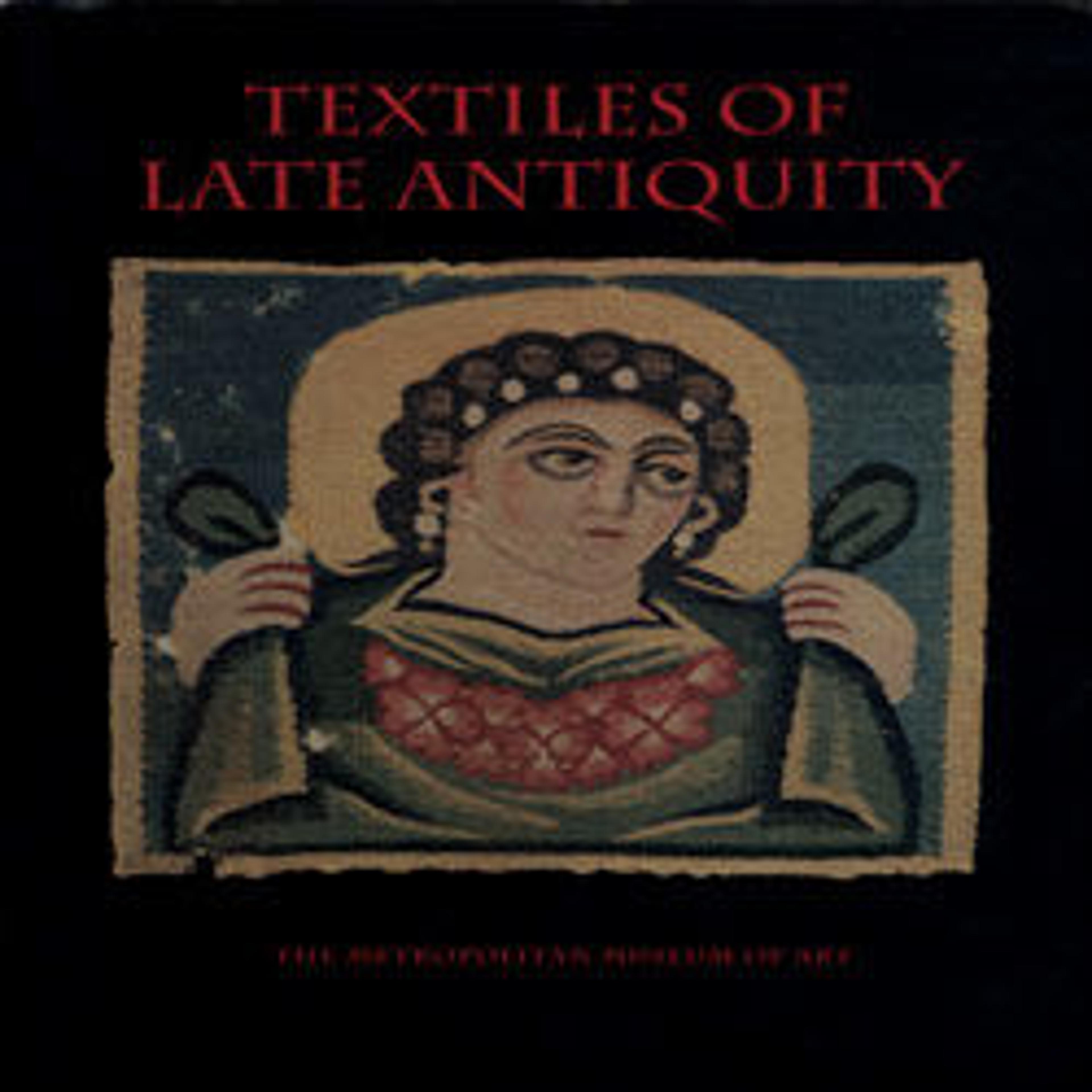Roundel Illustrating Episodes from the Biblical Story of Joseph
Textiles like this one are thought to have been produced by Copts (Christian Egyptians) whose designs and motifs influenced the visual repertoire of the early Islamic period. This roundel utilizes explicitly Christian imagery—the life of Joseph, son of Jacob. The early life of Joseph appears to have been a popular source of imagery in Egypt, likely because the narrative largely takes place in that region. Roundels like this were often placed near the shoulders of a child’s garment, and the imagery here of Joseph’s childhood may have been considered as not only an appropriate choice for a child’s garment but also a protective one.
Artwork Details
- Title: Roundel Illustrating Episodes from the Biblical Story of Joseph
- Date: 7th century
- Geography: Attributed to Egypt
- Medium: Linen, wool; tapestry weave
- Dimensions: Textile:
Diam. 10 1/4 in. (26.1 cm)
Mount:
H. 14 5/8 in. (37.1 cm)
W. 15 3/8 in. (39.1 cm)
D. 1 7/8 in. (4.8 cm) - Classification: Textiles-Brocades
- Credit Line: Gift of Charles K. and Irma B. Wilkinson, 1963
- Object Number: 63.178.2
- Curatorial Department: Islamic Art
More Artwork
Research Resources
The Met provides unparalleled resources for research and welcomes an international community of students and scholars. The Met's Open Access API is where creators and researchers can connect to the The Met collection. Open Access data and public domain images are available for unrestricted commercial and noncommercial use without permission or fee.
To request images under copyright and other restrictions, please use this Image Request form.
Feedback
We continue to research and examine historical and cultural context for objects in The Met collection. If you have comments or questions about this object record, please contact us using the form below. The Museum looks forward to receiving your comments.
